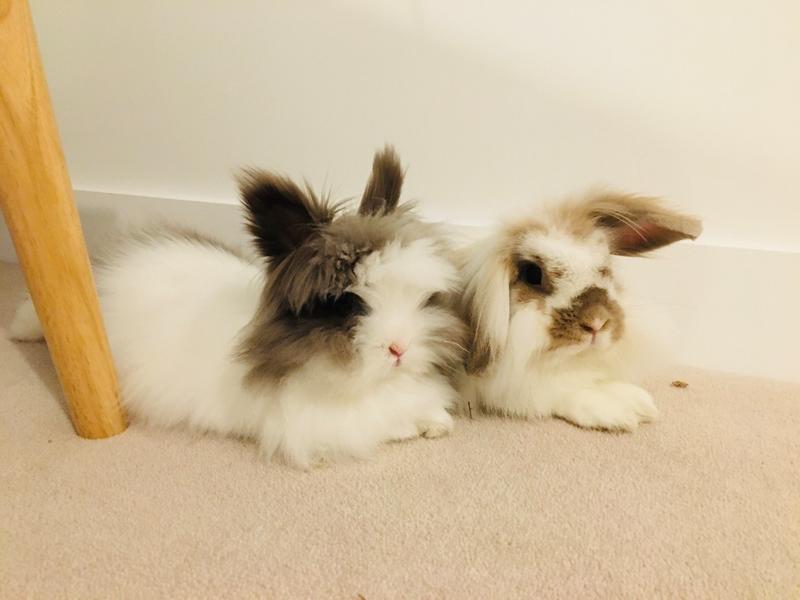Peter Chan, Research Fellow in AI & Machine Learning, gives a detailed account of Hugh Warwick's talk about culling ethically to preserve a healthly balance in natural systems.
As an animal lover, I was hesitant about attending the second-last DwD seminar of the term, titled "Cull of the Wild: Killing in the Name of Conservation" by Hugh Warwick, a renowned ecologist and author with strong passion about hedgehogs. For one, I’ve always preferred rabbits over hedgehogs. However, jokes aside, the topic is complex, sensitive, and controversial, and I wondered if I would leave the talk with more questions than answers. As it turns out, Hugh raised many questions and did not give us the answers, but he led the audience into a thought-provoking exploration of the ethical considerations surrounding culling practices.
Right from the beginning of the seminar, Hugh made it clear that culling, though a controversial practice, is sometimes necessary for conservation purposes. This is particularly true for non-native invasive species, which can wreak havoc on fragile ecosystems, leading to the decline and loss of native flora and fauna. Species extinction can occur naturally, and it is not necessarily a disaster, but it is vital to strive for a sustainable ecosystem. In many, but not all, cases of invasive species, culling is probably the most effective and ethical way of preserving biodiversity and maintaining a healthy balance in natural systems, given careful ethical considerations in specific circumstances.
One captivating case study presented by Hugh involved the culling of grey squirrels in the UK to protect the native red squirrel population. Grey squirrels, though immune to a particular infectious disease, act as carriers that threaten the survival of the red squirrels. Here, Hugh touched upon one intriguing aspect of conservation that is often overlooked – the social and emotional value of human interaction with wildlife – as grey squirrels are often the only wildlife we could easily interact with. This example raised thought-provoking questions about the challenging choices conservationists face when determining the fate of one species to safeguard another, and to what extent do we consciously or unconsciously factor in human-centric perspectives in valuing wildlife.

Peter Chan's pet rabbits
The case of squirrels somehow reminds me of the invasion of European rabbits in Australia, a massive (200 million rabbits) ecology problem threatening native species, habitats, and crops. The first instant I heard of it, I pictured a vast grassland of thousands of fluffy and cute little rabbits grazing and hopping around happily – I’d love to be there – but I quickly realised the extent of damage that the rabbits cause. I can see how difficult decision must be made, but I also cannot stop the saddening imagination of suffering rabbits in the image of my very own.
Conveniently, Hugh also introduced the concept of compassionate conservation, which prompted attendees to consider alternative approaches that prioritize minimizing harm to animals while still addressing conservation needs. This perspective stresses the value of individuals (in addition to species), emphasising inclusivity and peaceful co-existence. It encouraged people to explore innovative solutions that take into account the welfare of individual animals alongside broader conservation goals.
Amidst a world increasingly polarized on environmental issues, Hugh stressed the importance of finding common ground. While acknowledging that certain issues may not allow for a middle ground, such as trophy hunting, he highlighted the value of open dialogue, shared values, and collaborative action in addressing conservation challenges. This emphasis on fostering understanding and seeking consensus echoed throughout the seminar, highlighting the need to bridge divides and work towards pragmatic solutions.